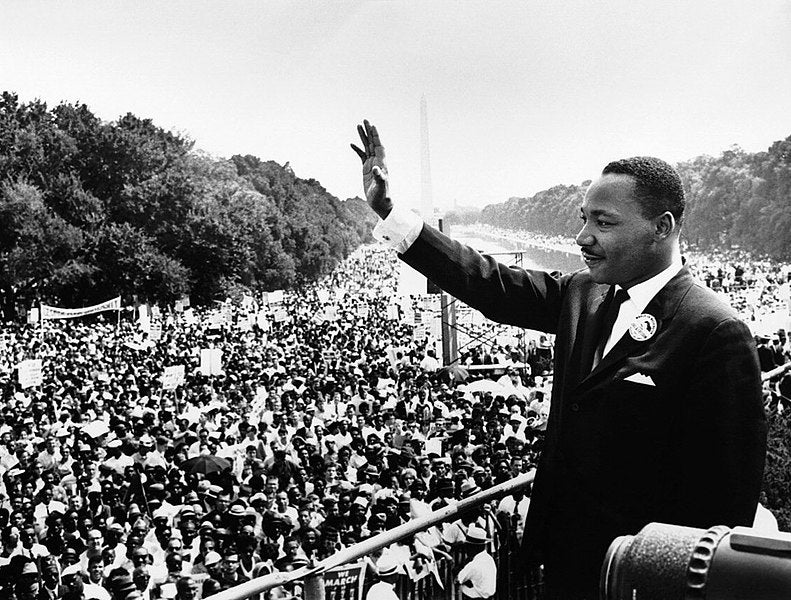“I don’t have a racist bone in my body.” It’s statement that’s uttered far too often, usually by someone who’s looking to provide cover for an action that could be considered, well, racist.
But according to author and historian Ibram X. Kendi, — who spoke in Washington about his book How to Be an Antiracist as part of the Alma and Joseph Gildenhorn Book Series at the Aspen Institute — there is no such thing as a racist bone, even metaphorically. That’s because racism isn’t something intrinsic and permanent, some quality of a person, but a result of actions and policies. When we label people as “racists,” we are effectively shutting down the opportunity for change.
“When we’re having a conversation and someone is confronted with the idea that their policy is racist,” he observes, “almost immediately the conversation becomes centered on them.”
It’s not only unhelpful, says Kendi, it’s ahistorical. “When you’re calling someone a racist, you’re calling them an evil, bad person — even though there were abolitionists who were calling for immediate emancipation for 30 years [but] who said things that were racist.” We can judge them by their deeply mistaken words, or we can judge their actions by the good that was done.
With the meaning of the term thus depersonalized, Kendi is doing his best to get rid of the dichotomy of racist vs. not-racist, instead offering “anti-racist” as the more correct opposite language. Racist actions and ideas, in this lexicon, are those that lead to racial inequality — to inequity — and anti-racist actions are those that lead to equity. In this, Kendi sees no room for a space in between racist and anti-racist (the space that “not racist” would be presumed to occupy) because there is simply no middle ground between equity and inequity. A person is working for it, or — even through inaction — is working against it.
Further, this schema means that there are no other requirements for the judgment — no need to police language or to gauge intent. “What’s critical about those two definitions is they’re not fixed categories,” he says. “Essentially I define someone as racist or anti-racist based on what they are saying or doing or not doing, with the knowledge that in the very next moment they can go from being a racist to an anti-racist.”
This is a hopeful approach. If we can train ourselves to recognize when our words and actions promote inequity, we can acknowledge that and reconsider the issue. Our actions can be corrected, our words withdrawn, and our “anti-racist” selves can get to the work of creating an equal-opportunity reality. And we’ll never need to call another person a “racist” again.
“When you call someone a racist, you’re essentially tattooing an R word on their forehead for the rest of their life,” says Kendi. “You’re saying it is essential to who a person is. When we talk about something being in someone’s bones or heart that means it’s permanent, and personally I don’t think we need to do CT scans and X-rays.”
For more on the subject from Ibram X. Kendi, New York Times bestselling author and the founding director of the Antiracist Research and Policy Center at American University, see his session at the 2019 Aspen Ideas Festival.

